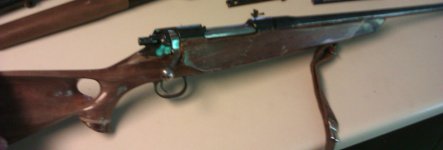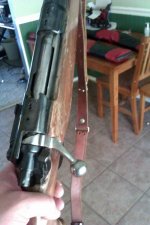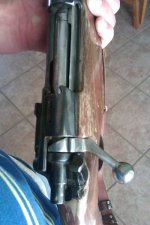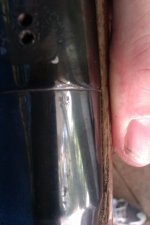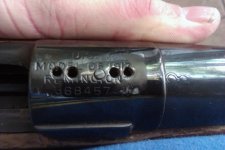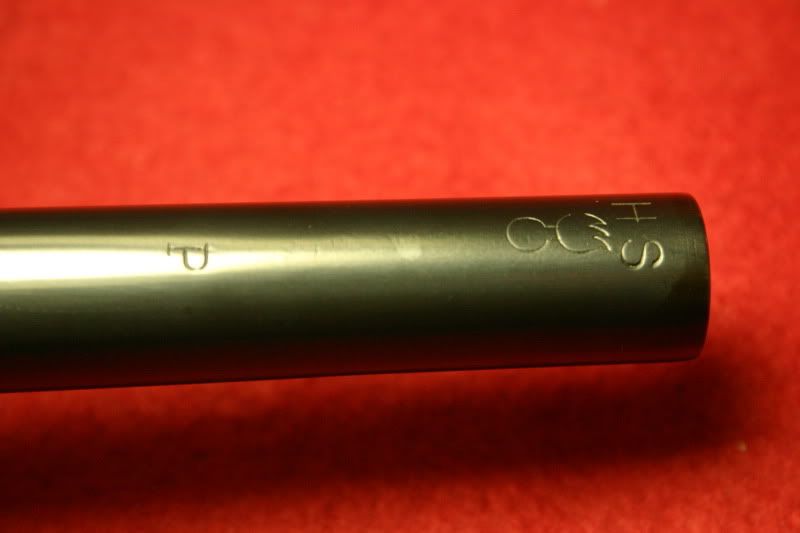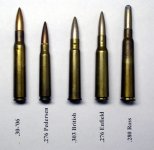It is interesting to note that Remington actually used M1917 receivers and other parts to produce the Model 30, 30S, and 720. When the WWI contract was cancelled, Remington was left with around 2-3 weeks production of receivers, barrels and other parts. Such was the wartime production volume that those leftovers provided the basis for Remington sporting rifle production for the next 20 plus years, some 30,000 rifles. Remington never actually MADE any receivers or .30-'06 barrels in all that time; they just drew on the WWI stockpile.
They used some clever tricks, like cutting off the bolt dogleg, threading the end, drilling and tapping the bolt knob, and "look ma, a new bolt!"
Also a note on the magazine. It was so big not because it was designed for the .303 British but because it was designed for the .276 Enfield, which had a huge base (.526"). That big magazine allowed the .303 to be used when the British decided not to change caliber and meant that 6 rounds of .30-'06 could be inserted. Nonetheless, the Model 1917 was always loaded with 5 round Springfield clips and the extra capacity rarely used.
One interesting fact is that some folks believe the original British rifle, the Pattern 1913, was made for the .280 Ross, or that the .276 Enfield is a copy of the .280 Ross. That is not true; the .280 Ross is a much longer round and won't fit the magazine of the Pattern 1913.
Here is a photo of some of the rounds mentioned.
Jim

